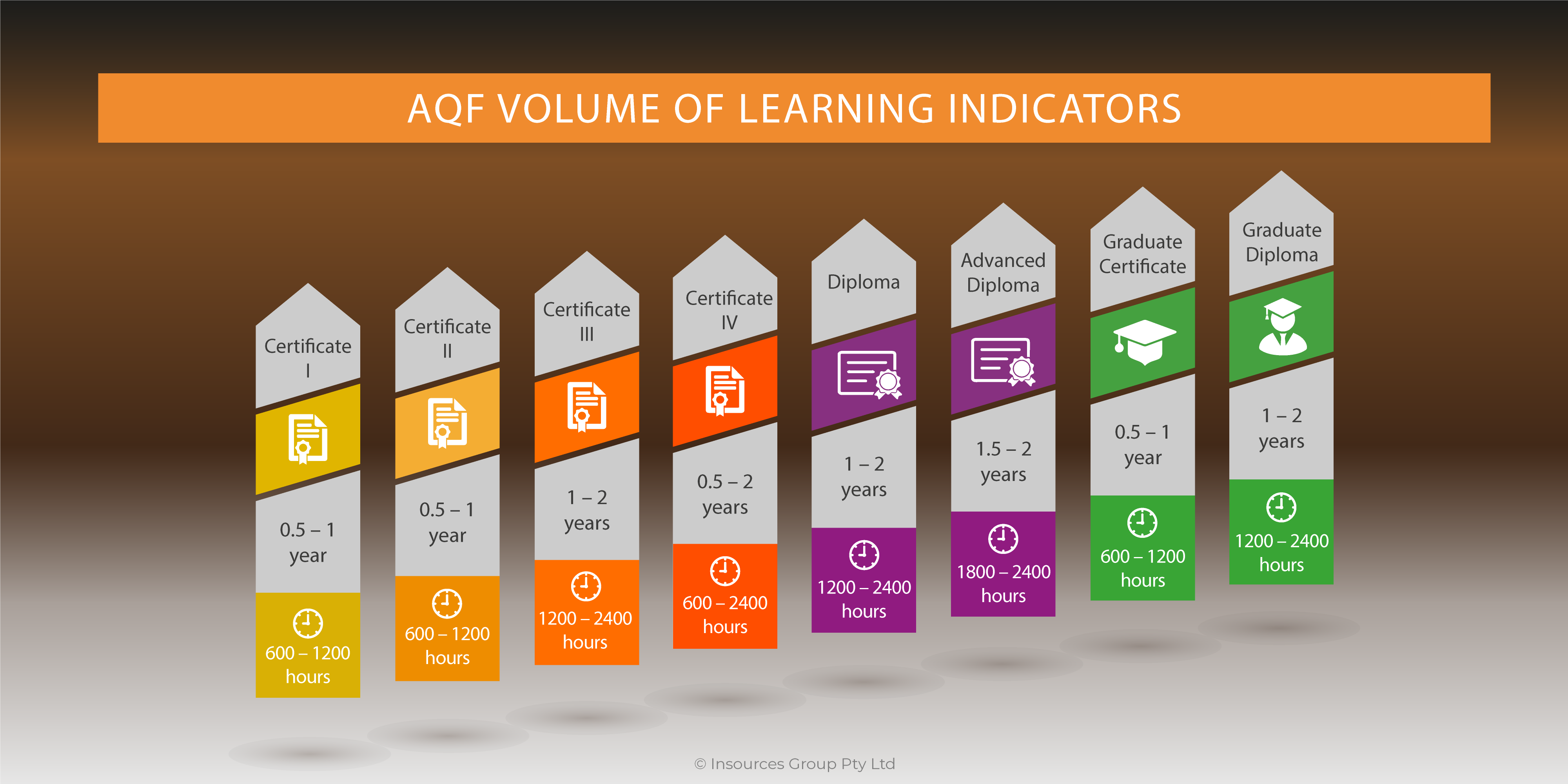 Sometimes people use the words “mentoring” and “coaching” interchangeably, but they do not describe the same type of working relationship. Both share basic organizational goals including employee learning and development that leads to peak performance, and the realization of full potential. However, the definition, focus, role, approach, and tools of each are different.
Sometimes people use the words “mentoring” and “coaching” interchangeably, but they do not describe the same type of working relationship. Both share basic organizational goals including employee learning and development that leads to peak performance, and the realization of full potential. However, the definition, focus, role, approach, and tools of each are different.
Definition and Focus
- Mentoring: A more informal association focused on building a two-way, mutually beneficial relationship for long-term career movement.
- Coaching: A more formal structured association focused on improvements in behavior and performance to resolve present work issues or handle specific aspects of the job.
Role
- Mentoring: Talking with a person who has identified his needs prior to entering into a mentoring relationship. The emphasis is on active listening, providing information, making suggestions, and establishing connections.
- Coaching: Talking to a person, identifying what he needs, and developing an action plan. The emphasis is on instruction, assessing, and monitoring.
Approach
- Mentoring: This is a self-directed modus operandi whereby participants have choices. This approach can begin with a self-matching process and continue throughout the relationship using a committed timeline to determine how often and where individuals will meet, identify goals, and so forth.
- Coaching: A structured modus operandi is more frequently used whereby participants are working within a narrower perspective; their agenda is more specific, shorter in duration, and oriented toward certain results. Usually a coach is assigned to an employee.
Tools
- Mentoring: The most important tool is the Mentoring Agreement—developed, completed, and signed by both participants. This document formalizes commitment to the mentoring relationship. Items include individual goals, learning content, a meeting schedule, and communication methods.
- Coaching: Depending on the individual situation, various assessment instruments can be used such as skills training activities and teaching evaluations. A contract can be issued regarding the problem to be resolved or skills to be learned.
Although differences exist between mentoring and coaching, they do share some comparable characteristics as well:
- Defined roles allow individuals to envision the achievement of desired goals.
- Working relationships require trust, respect, open communication, and flexibility.
- Stakeholders include new hires, new managers, and staff promoted to senior-level positions.
- Training, education, and orientation are necessary.
- Success is best achieved when senior leaders understand the return on investment, and expectations regarding engagement, performance, and retention are being achieved.
- The mission is to meet both individual and organization goals.
An organisation is not required to choose between mentoring and coaching. Each one enhances an individual’s ability to contribute to the organization’s goals. Consider how these two activities can fulfill the expectations of individuals, managers, and senior-level executives, while simultaneously accomplishing the organisation’s employee development and succession planning goals. Additionally, consideration for the level of the value that these programs bring to the table and the benefits people feel will be gained.
Source: ASTD – Authors: Annabelle Reitman and Sylvia Ramires Benatti




